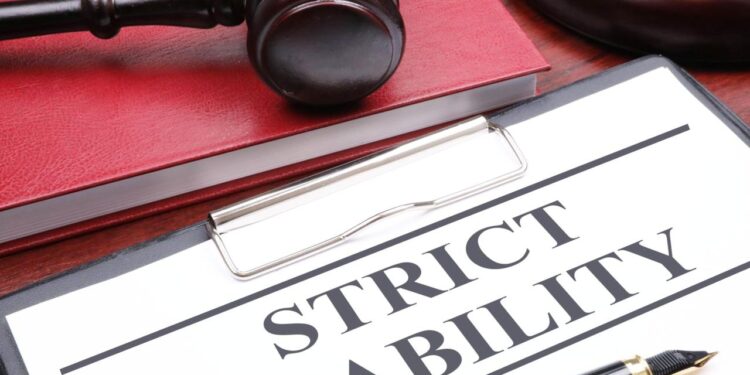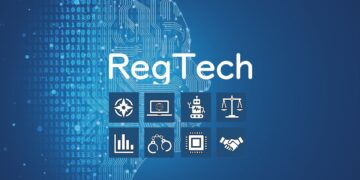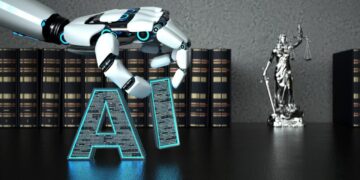In the modern digital age, social media platforms have become the town squares of our global society. They are a primary source of news, a forum for public discourse, and a critical tool for business and personal branding. However, this unprecedented access and reach come with a complex and rapidly evolving set of legal challenges. Social Media Legal Liability is a burgeoning field of law that seeks to hold individuals, companies, and the platforms themselves accountable for a wide range of harms, from defamation and intellectual property infringement to privacy violations and the promotion of illegal activities. This article will provide a comprehensive guide to the legal risks and responsibilities associated with social media. We will delve into the legal frameworks, recent court decisions, and the strategic implications for users and businesses, offering a clear roadmap for navigating this intricate legal landscape.
The Legal Framework
The legal principles governing social media liability are a complex patchwork of long-standing laws and new, technology-specific regulations. Understanding these frameworks is the first step in mitigating risk.
A. Section 230 of the Communications Decency Act (CDA): In the United States, Section 230 is the most significant law protecting social media platforms. It states that “No provider or user of an interactive computer service shall be treated as the publisher or speaker of any information provided by another information content provider.”
- The “Publisher” vs. “Platform” Distinction: This provision essentially grants platforms immunity from liability for content posted by their users. It protects them from being sued for things like defamation, as they are considered a “platform” for speech, not the “publisher” of the content. This protection has been crucial for the growth of social media, as it allows platforms to moderate content without the fear of being held legally responsible for every post.
- Ongoing Debate: Section 230 is a highly controversial law. Critics argue that it gives platforms a free pass to ignore harmful content, while proponents argue that it is essential for protecting free speech on the internet. There is an ongoing legal and political debate about whether to amend or repeal the law.
B. Defamation and Libel Law: Defamation is a false statement of fact that harms someone’s reputation. On social media, this can take the form of libel (written defamation).
- Elements of a Claim: To win a defamation lawsuit, a plaintiff must prove several things: that the statement was false, that it was published to a third party (i.e., posted on social media), that it was not a matter of opinion, and that it caused provable harm.
- The “Public Figure” Standard: For a public figure, the standard is even higher. They must prove that the defendant made the statement with “actual malice,” meaning they knew it was false or acted with reckless disregard for the truth. This high standard makes it difficult for public figures to win defamation lawsuits.
C. Intellectual Property Law: Social media is a hotbed for intellectual property (IP) infringement, including copyright and trademark violations.
- Copyright Infringement: This occurs when a user posts a photo, video, or piece of music that they do not own the rights to. The Digital Millennium Copyright Act (DMCA) provides a “safe harbor” for platforms, as long as they have a system for handling takedown notices from copyright holders.
- Trademark Infringement: This occurs when a user uses a brand’s logo or trademark in a way that is likely to cause confusion. This can be a major problem for businesses whose brand identity is being used without permission.
D. Data Privacy and Consumer Protection Laws: The collection of user data by social media platforms is governed by a patchwork of laws, including GDPR in Europe and CCPA in California.
- User Data and Violations: When a platform’s data collection practices are not transparent or when a data breach occurs, they can be held liable. The Federal Trade Commission (FTC) in the U.S. and other consumer protection agencies can also take action against platforms for deceptive practices.
Key Areas of Social Media Legal Liability
![]()
The legal risks for individuals and businesses on social media are vast and diverse. Here are some of the most critical areas to be aware of.
A. Liability for User-Generated Content: While Section 230 protects platforms from liability for most user content, there are exceptions.
- Illegal Content: Platforms can be held liable for content that is illegal under federal law, such as child pornography.
- Third-Party Content and E-commerce: The line blurs when a platform becomes more than just a host. For example, if a platform’s e-commerce feature allows a user to sell an illegal product, the platform may be held liable.
- Platform as a “Publisher”: If a platform actively edits, promotes, or creates user content, it could lose its Section 230 protection and be treated as a publisher.
B. Liability for Defamation, Harassment, and Cyberbullying: Individuals can be held personally liable for their defamatory or harassing posts on social media.
- Individuals’ Responsibility: A person who posts a false statement about another person can be sued for libel. This is a significant risk for people who use social media to vent or express their anger.
- Workplace Liability: Companies can be held liable for the social media posts of their employees. For example, if an employee posts a harassing or discriminatory message about a colleague, the company could face a lawsuit. This has led many companies to create clear social media policies for their employees.
- The “Reasonable Person” Standard: The legal system often uses a “reasonable person” standard to determine if a statement is defamatory or a form of harassment.
C. Liability for Influencers and Endorsements: The influencer economy is a major driver of social media activity, but it comes with its own set of legal responsibilities.
- FTC Regulations: In the U.S., the FTC has strict regulations on endorsements and testimonials. Influencers are required to clearly disclose when they have a material connection to a brand (i.e., they are being paid or received a free product).
- Deceptive Practices: If an influencer makes a false or misleading claim about a product, both the influencer and the brand can be held liable. This has led to a greater emphasis on transparency and authenticity in the influencer marketing industry.
D. Liability for the Promotion of Illegal Activities: Social media has been used to promote a wide range of illegal activities, from drug sales to hate crimes.
- Platform Accountability: While Section 230 provides a shield, a growing number of legal actions are seeking to hold platforms accountable for the illegal activities that take place on their sites. For example, lawsuits have been filed against platforms that allegedly failed to prevent the promotion of terrorist activities.
- Moderation Policies: The legal debate is shifting from whether platforms should moderate to how they moderate. Platforms that are seen as not doing enough to remove illegal content are facing increased legal and political pressure.
Strategic Implications and Risk Mitigation
For both individuals and businesses, navigating the complex world of social media legal liability requires a proactive and strategic approach.
A. For Individuals:
- Think Before You Post: A good rule of thumb is to assume that everything you post could be seen by anyone, including a judge. Avoid making false statements about others, and be mindful of the tone and content of your posts.
- Respect Copyright: Always assume that any photo, video, or music you find online is copyrighted. Get permission before you use it, or use royalty-free content.
- Privacy Settings: Understand and use the privacy settings on all social media platforms. Remember that even a “private” post can be screenshot and shared.
B. For Businesses and Organizations:
- Create a Clear Social Media Policy: Every company should have a social media policy that outlines what employees can and cannot do on social media, both on their own accounts and on the company’s. This policy should cover things like confidentiality, brand representation, and appropriate conduct.
- Monitor Your Brand: Actively monitor social media for mentions of your brand. This allows you to respond quickly to negative comments, address misinformation, and identify potential legal risks.
- Train Employees on FTC Regulations: If your company works with influencers, ensure that all employees involved in the process are trained on FTC regulations. Use clear contracts with influencers that require them to disclose their relationship with your brand.
- Robust Content Moderation: Platforms must have a clear and consistent content moderation policy that is transparent to users. They should invest in the technology and human resources needed to identify and remove illegal and harmful content.
C. The Role of Technology: Technology can be a powerful tool for mitigating social media legal risk.
- AI and Machine Learning: AI can be used to scan content for copyright infringement, identify hate speech, and detect fraudulent activity.
- Data Governance and Security: Platforms must invest in robust data security and governance systems to protect user data and comply with privacy regulations.
- Digital Watermarking: New technologies, such as digital watermarking, can be used to track content and identify the original creator, helping to prevent intellectual property infringement.
Conclusion
The legal landscape of social media is a microcosm of the challenges facing our digital society. It is a story of old laws being applied to new technologies, and a fundamental debate about the balance between free speech, corporate responsibility, and individual safety. The era of unchecked growth and immunity for platforms is coming to an end. The rise of Social Media Legal Liability is a clear signal that a new social contract is being forged for digital communication. This new contract will demand more transparency, more accountability, and a greater commitment from everyone—individuals, businesses, and platforms—to create a digital world that is not only connected but also safe, fair, and just. The future of social media will be defined not just by its technology but by its ethics and its commitment to the rule of law. The journey is just beginning, and the legal decisions made today will shape the future of our digital lives for generations to come.













